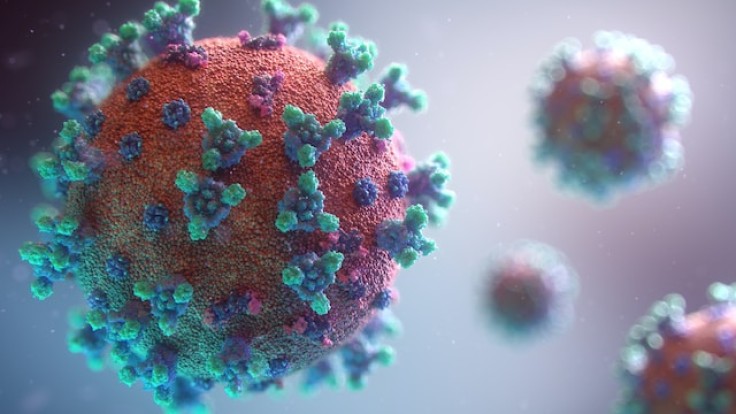
As the 'arcturus' coronavirus strain continues to dominate the landscape of COVID-19 variants in the United States, the emergence of several other omicron subvariants is raising concerns. While 'arcturus' remains the most prominent variant, recent estimates from the Centers for Disease Control and Prevention (CDC) indicate that other subvariants, such as XBB.1.16 and XBB.1.5, are steadily increasing in prevalence. Additionally, omicron subvariants EG.5 and XBB.2.3 have also made notable inroads, prompting global monitoring by the World Health Organization (WHO). This article delves into the impact and implications of these emerging subvariants on the ongoing fight against the COVID-19 pandemic.
Rise of XBB.1.16 and XBB.1.5 Subvariant
According to CDC estimates, XBB.1.16, commonly referred to as 'arcturus', accounted for over 17% of new COVID-19 infections in the past two weeks. Although this represents a slight increase from the previous period, during which the prevalence was revised down to 16%, the dominance of this variant remains noteworthy. However, not far behind is XBB.1.5, which is projected to be the target of the upcoming fall COVID-19 vaccines. Recent data indicates that XBB.1.5 accounted for 16% of new infections in recent weeks, reinforcing its significance in the ongoing spread of the virus.
EG.5 and XBB.2.3: While 'arcturus' and XBB.1.5 command attention, other omicron subvariants are steadily gaining ground in the United States. Two notable subvariants, EG.5 and XBB.2.3, have become responsible for 13% of new infections over the past two weeks. The global impact of XBB.2.3 has garnered the attention of the World Health Organization, as several countries report an increase in COVID-19 cases attributed to this subvariant. Although the rise in cases has been accompanied by a lower rate of hospitalizations and deaths, WHO emphasizes the importance of vigilance and continued monitoring of these variants.
Global Concerns and Population Immunity
The World Health Organization acknowledges the observed heterogeneity in the dynamics of variant circulation as well as the relatively lower rates of morbidity and mortality associated with the emerging subvariants. They attribute these factors partly to the population immunity resulting from vaccination and prior SARS-CoV-2 infections. Despite the rise of these subvariants, the United States has witnessed a decline in coronavirus-related deaths and hospitalizations. This decline can be attributed to the high levels of protection against the virus, with nearly 97% of Americans estimated to have some level of immunity by the end of 2022, according to CDC data.
In the global landscape, however, the situation remains concerning. The World Health Organization warns that some countries have experienced recent spikes in cases driven by the emergence of variants of interest and variants under monitoring. Despite an increase in hospitalizations and fatalities that has coincided with the increase in cases, the overall impact is likely less severe than it was during earlier waves because of population immunity. According to US News, the interplay between variant circulation dynamics and immunity highlights the need for ongoing surveillance and adaptive strategies.
While the 'arcturus' variant remains dominant, the emergence of various omicron subvariants, including XBB.1.16, XBB.1.5, EG.5, and XBB.2.3, pose challenges to the ongoing battle against COVID-19. These subvariants, particularly XBB.2.3, have raised global concerns as countries witness a surge in cases. Nonetheless, the positive impact of population immunity resulting from vaccination and prior infections cannot be overlooked. As efforts continue to combat the virus, it is imperative to monitor and adapt strategies to address the evolving landscape of COVID-19 variants, ensuring the safety and well-being of communities worldwide. With the collective efforts of global health organizations, governments, and individuals, we can navigate these challenges and overcome the hurdles presented by the emerging omicron subvariants, ultimately bringing an end to the COVID-19 pandemic.